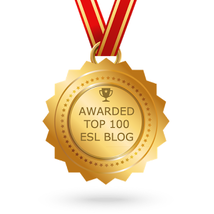|
For a couple of days now, I've been stewing. I'm unsettled. There are these questions just flooding my thoughts. So many programs out there that we buy into and try to implement. I'm not saying that all programs are bad. There are some that I love. My question becomes which comes first...the children or the program?
So let's say I have this awesome program. The district has researched it and put a great deal of money into training teachers to implement it. But when I look closely at the program, I notice that it comes from a place that is nothing like my state, my city, my district, my students. Should I be concerned? What should I do? "A picture is worth a thousand words"...Yes, so how we get those words out? Picture Word Inductive Model (PWIM) first developed by Emily Calhoun (1999) to the rescue!
What is PWIM and how do I use it to help my students with listening, speaking, reading, and writing? You may be thinking that pictures are for primary students or for Beginner level ELs. But that's not the case. Though PWIM does benefit primary students and Beginner ELs, even intermediate and Advanced ELs gain valuable insights from this method across all content areas. Here's how I've used it in a modified version. Step 1: The teacher begins by I'm just going to be honest here because it's what's best for students. This may hurt some feelings or sting a little for some who read this, but it comes from personal experience and I feel like if we don't confront problems, we can't solve them.
I have co-taught in classrooms where the general education teacher has had little experience with ELLs. They have had little training in how to serve ELLs. Teachers with little experience or knowledge about how to serve ELLs tend to be intimidated by students who are newcomers or beginners at the entering phase of proficiency. Often teachers steer away from the student because of their own insufficiency. Inadvertently, the student feels that the teacher doesn't like them or doesn't care for them. Then the class notices as well. Suddenly, there is an underlying culture in the classroom that the ELL is not celebrated, rather they are cast away. As teachers, we took this job because we love children and want to help them learn. ALL children. Never would we intentionally want a child to feel that we don't care for them. But this is how some ELLs feel when teachers avoid ELLs, give them coloring sheets (while the rest of the class does meaningful work), or put them on a computer to practice easy English skills. I know you don't want any of your students to feel unwanted. You want them to THRIVE and LOVE learning. Here's how to ensure that your ELLs are getting what they need: 1. WELCOME Them As soon as you know you are receiving an ELL, English Language Learners benefit greatly from the structure of Writing Workshop. However, there are a some small tweaks we can make as teachers to scaffold instruction for ELLs and truly make the experience advance both literacy and language. ELLs vary vastly. Some are born in the United States and experience similar American cultures and traditions. Others have little formal education or come to America with drastically different cultures and traditions. Factors such as age, intrinsic motivation, proficiency in native language, and educational background also affect the student's development of English. For these reasons and more, we have to take a good look at each child individually and know how to adjust the Writing Workshop so that the child will grow as a writer because of the workshop structure. What I noticed in classrooms is that teachers are embracing the Writing Workshop. But some feel they can't vary from the pages of Units of Study or other programs they use. This isn't true. We have to remember, we are teaching students first. If we keep students at the forefront we can't go wrong. With sequenced, targeted, and focused support in writing, ELLs can make leaps and bounds! Here is how I support English Language Learners in Writing Workshop. Download is available below the picture.
1. Model
Each kid benefits from seeing how to write before they DO the writing. BUT for English Learners this is even more important because language structures may vary from their native language. For example, if I want my students to write about themselves describing their age, I might show them that in English we write: " I am nine years old." This is different from other languages like my native language where a person might say, "I have nine years." Modeling what we expect from students gives them a clear goal for their writing. 2. Be Explicit 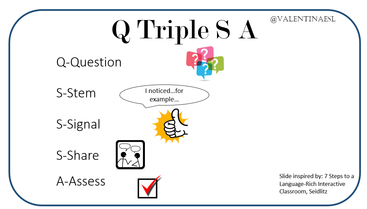 @ValentinaESL @ValentinaESL
If you are not using a structured conversation or talk technique regularly in your classroom yet, this is THE one to implement NOW. It's not only easy to implement right away, but it can also be used in every grade level and content area. There is practically no prep work need yet the benefits for students rock!
The benefits of academic talk are too great to avoid. If, as teachers, we do all the talking, then WE do all the learning. Talk makes learning stick. Students must verbalize to internalize. I HAD AN EPIPHANY! I HAVE TO SHARE IT WITH YOU. ESPECIALLY THOSE OF YOU THAT HAVE EVER WONDERED...
"WHY DO I HAVE TO WRITE MY CONTENT AND LANGUAGE OBJECTIVES ON THE BOARD?" I USED TO THINK IT WAS FOR ADMINISTRATORS TO SEE WHAT WAS GOING ON IN CLASSROOMS. THAT WAS EVEN A RUMOR IN THE BUILDING. TEACHERS WERE ALL A BUZZ OVER THE NEW EXPECTATION. IN HINDSIGHT, IT WOULD HAVE REALLY HELPED TO KNOW EXACTLY WHY WE NEEDED TO PUT THESE OBJECTIVES UP ON THE BOARD. BUT WHEN IT HIT ME, IT HIT ME! IT WASN'T FOR THE ADMINISTRATORS AT ALL. HERE'S WHAT HAPPENED... |
Categories
All
|
||||||
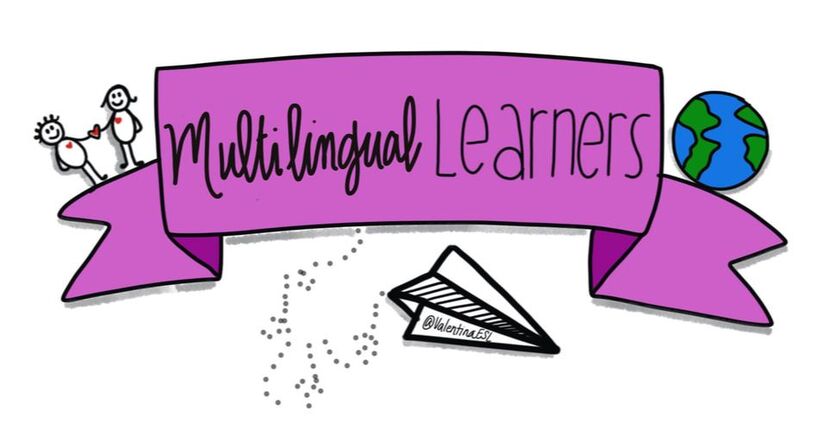
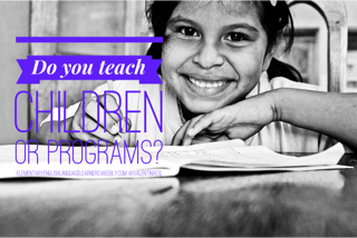

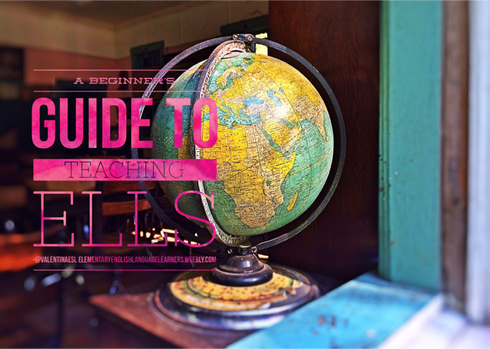

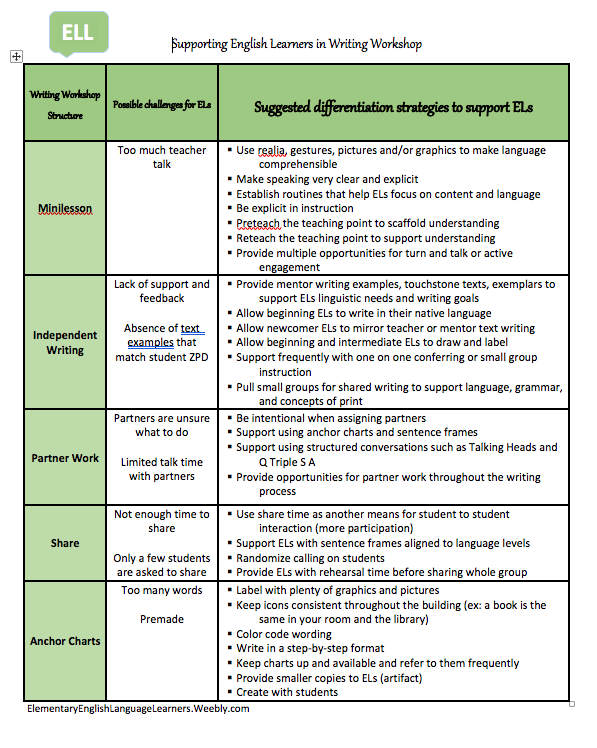
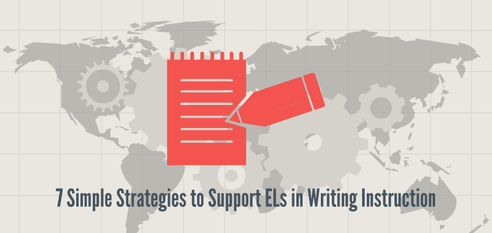
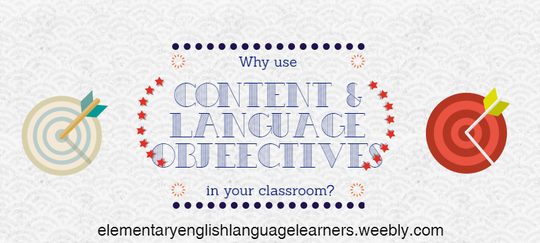
 RSS Feed
RSS Feed
